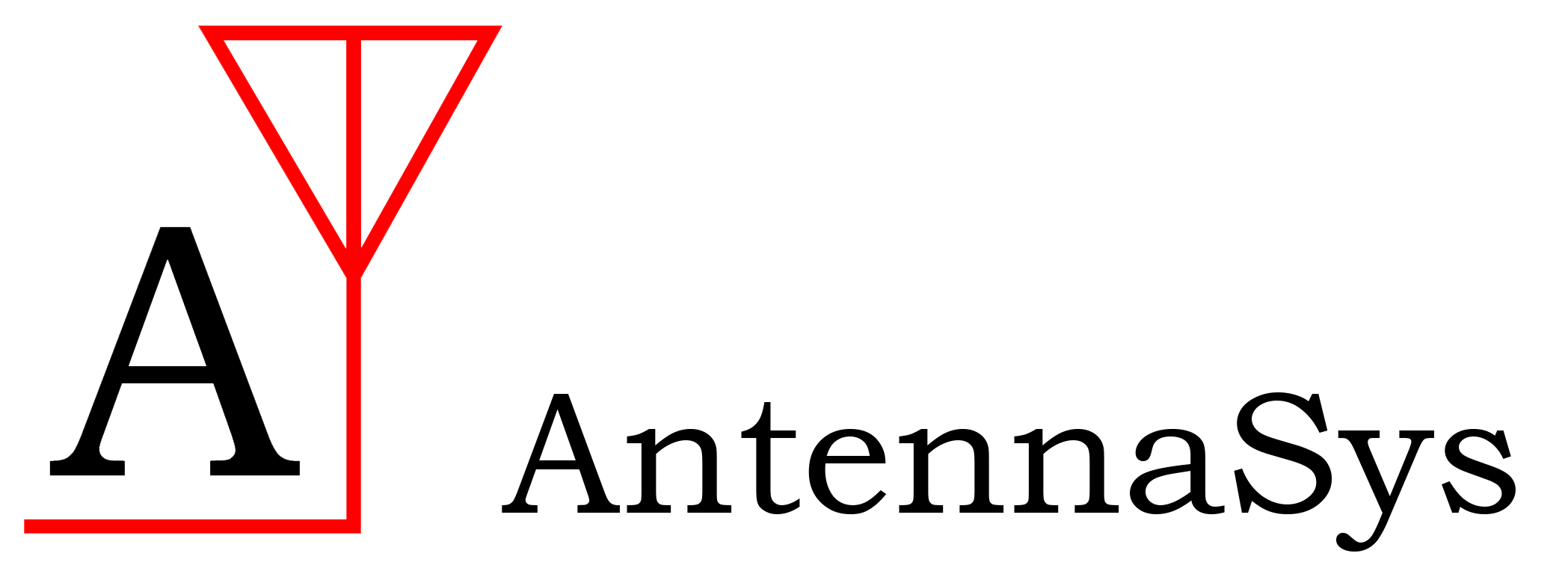Chip Antenna Sandwich...
A highly-valued and respected client came to me with an antenna challenge a couple of years ago. It seems that the prototype of a product that they were making included a Bluetooth interface using an industry standard transceiver chip, and a "chip" antenna. Or should I say chip "antenna". But, I digress.
Their product was deaf. The effective range between this product and the "key-fob" remote control was about one or two feet - totally unacceptable. I pledged to help them out of this predicament, and after we papered-up, we had a kickoff meeting where I got to examine the current situation. Now, I assure you I am not making any of this up. And for the love of antenna efficiency, don't ask me who the client is.
The product consisted of three printed circuit boards, about three by five inches each, in a three-board stackup - a sandwich, if you will. The top board had support for a display and buttons, and the bottom board had support for stuff I can't talk about, and ... wait for it ... the middle board contained the radio.
And the antenna.
Yes, the off-the-shelf chip antenna was on the center board in approximately the geographic center of the board. This three-board-sandwich was then housed in an extruded aluminum rectangular tube, with plastic end caps. From an electromagnetics point of view, the housing was a bad waveguide operating well below cutoff. The top and bottom PC boards were, well, attenuators at best. This was a crummy RF situation.
The first question I asked was, "Are you planning a revision for the center PC Board?"
"Oh, yes, all three boards will be re-spun."
"Can I change your floorplan for the middle board a bit, moving the radio section toward the end of the board?", I hopefully asked.
"Yes, no problem."
Thank goodness. We proceeded to shove the radio into a corner of the center board. I then worked with the Mechanical Engineers on the project to see how big a "tab" I can pull off the edge of that board, so I could make an on-PC-board antenna using the top and bottom copper layers, and have that antenna protrude into the plastic end caps as much as possible. The Mechanical guys exported a 3-D model of the housing and PC boards for me. I imported those solids directly into SolidWorks and then CST Microwave Studio, and began the antenna design in situ. The plastic of the endcaps, the presence of all the circuit boards, and the aluminum housing were all taken into account in the electromagnetic model.
Finally, the design was re-exported back to SolidWorks and I generated a data package for the PC Board Designer and the Mechanical Engineers.
The antenna tab ended up being about the size of my pinky nail, but at 2.4 GHz it was enough. I designed a self-resonant structure which also included a matching section. No external parts would be required for this antenna, and the PC Boards could remain cheap FR-4. We reduced the parts count, and (with fingers crossed) maybe got performance they could live with.
Bluetooth requires operation to 10 meters, or about 33 feet. Operation beyond that is actually discouraged, since it is intended as a short-range protocol. Besides, it had to meet FCC Part 15 requirements as well.
I received the first version of the PC board, and proceeded to prototype the system in my lab complete with client-supplied case and endcaps. It required a minor tweak which I made with some combination of copper tape and my Approx-o-Knife. The simulation was damn close, but not perfect.
The boards got built and my client tested the system. They could not be more pleased. Not only did the change reduce costs, but when testing the effective range of their system it was deemed more than sufficient. In fact, their lab was on the ground floor of a building, right next to a parking lot. With the unit on a bench in the lab, they were able to communicate with it from 150-feet away in the parking lot; this is about five times more range than they needed, and about twenty-five time more range than they had prior to calling me. They were able to turn down the power on the transceiver chip, further improving battery life.
I dubbed the term for this type of antenna design, "Zero-Cost Antennas", and it's my favorite solution for embedded antenna requirements, when I can get away with it. It makes everyone from the Design Engineer to the Comptroller happy.
The moral of the story is simple: Consider the antenna requirements very early in the product design. Otherwise, you may be eating the Chip Antenna Sandwich, along with the cost to fix it.
